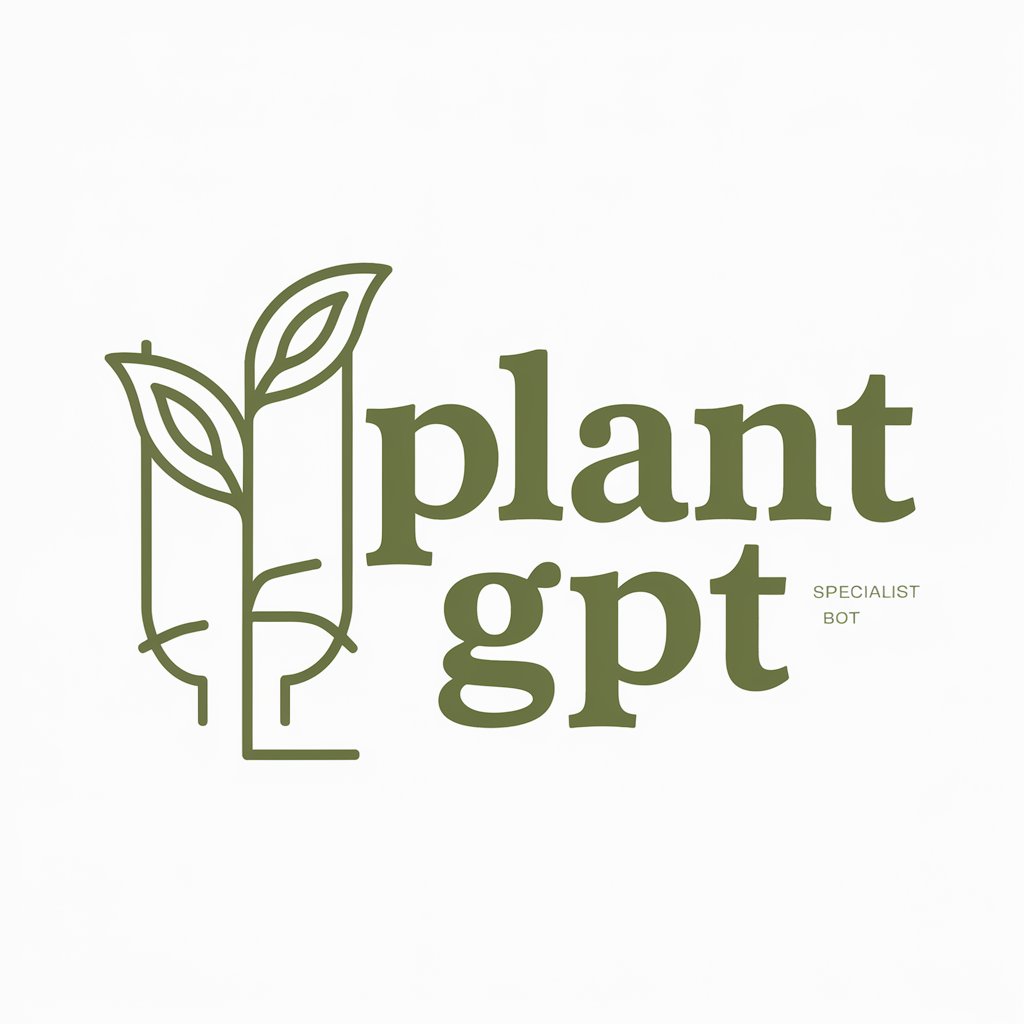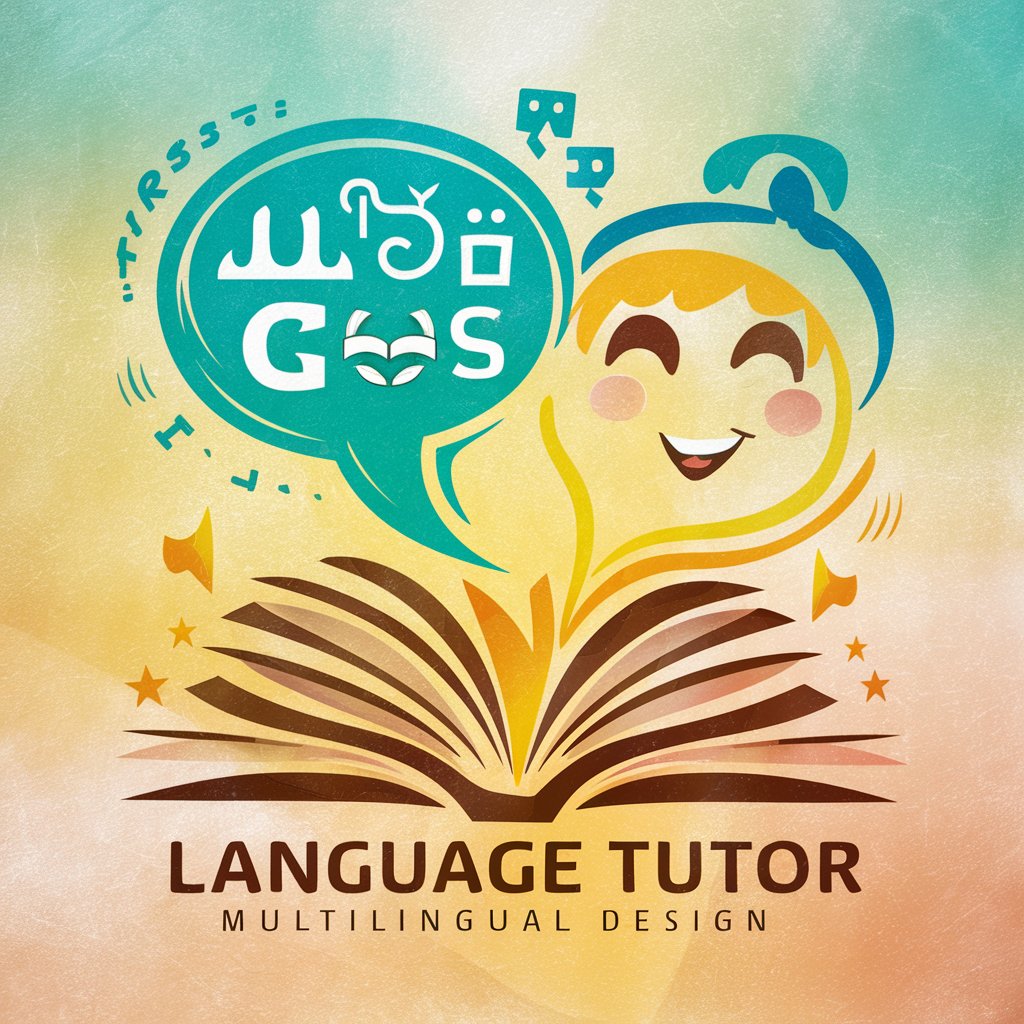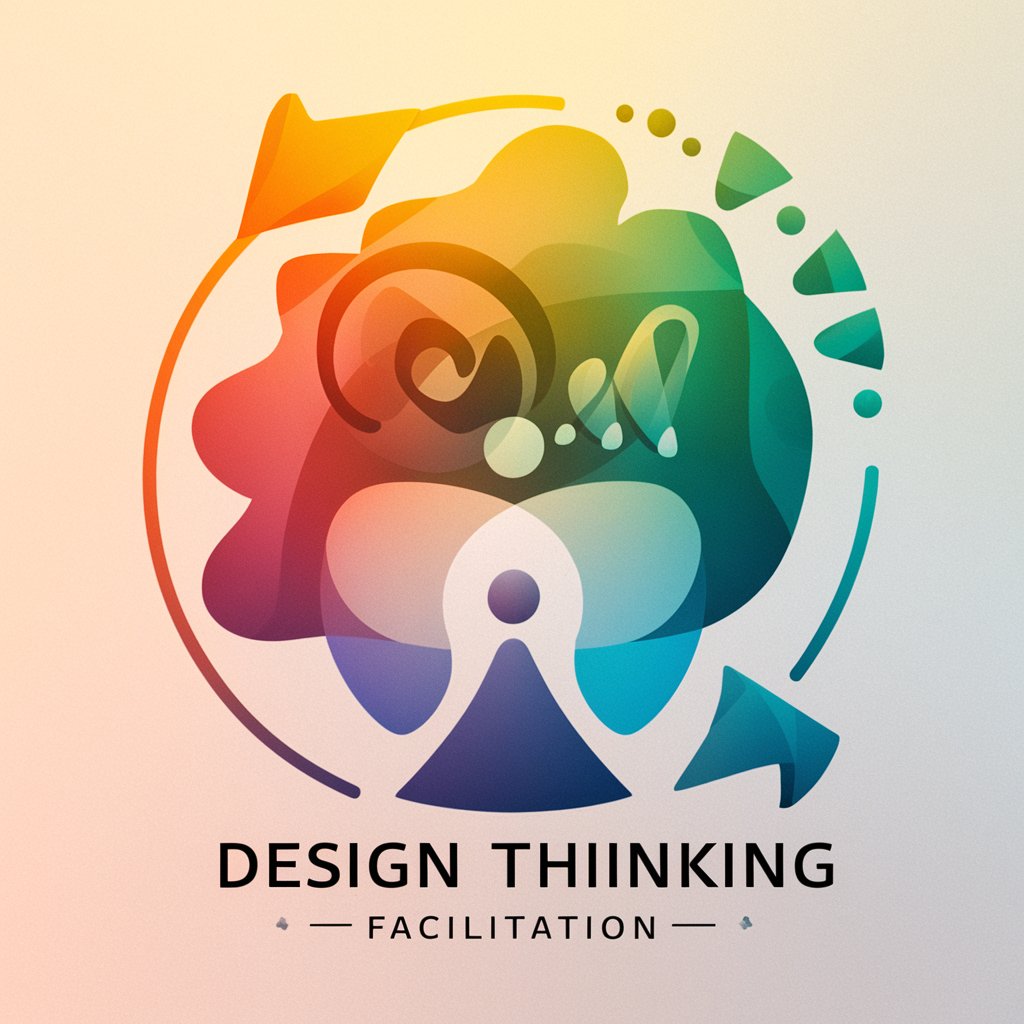PlantGPT - Plant Care & Identification

Hello! Ready to grow your plant knowledge?
Empowering Plant Care with AI
Tell me about the care requirements for...
How can I identify...
What's the best environment for...
When is the blooming period for...
Get Embed Code
Introduction to PlantGPT
PlantGPT is a specialized AI-driven bot designed to serve as a comprehensive guide and assistant for plant enthusiasts and gardeners of all levels. Its primary design purpose is to provide detailed information about various plants, including but not limited to, plant identification, care instructions, habitat needs, and blooming periods. PlantGPT is equipped with advanced image recognition capabilities, allowing users to upload images of plants for identification and receive specific care advice. For example, if a user uploads an image of a Monstera Deliciosa, PlantGPT can not only identify the plant but also offer detailed care instructions such as optimal light conditions, watering frequency, and soil type. This bot is designed to engage users in a conversational manner, making the learning process about plant care both informative and enjoyable. Powered by ChatGPT-4o。

Main Functions of PlantGPT
Plant Identification
Example
A user uploads a photo of a plant they found in their backyard. PlantGPT analyzes the image and identifies it as Lavender.
Scenario
This function is particularly useful for users who come across unknown plants and wish to learn about their characteristics and how to care for them.
Care Instructions
Example
Based on the identified Lavender, PlantGPT provides detailed care instructions, including sunlight needs, watering schedule, and ideal soil pH.
Scenario
Gardeners can use these detailed instructions to ensure their plants thrive, whether they are seasoned experts or beginners.
Habitat Needs
Example
For a tropical plant like the Monstera Deliciosa, PlantGPT outlines its natural habitat conditions, suggesting humidity levels and temperature ranges for indoor care.
Scenario
This helps users recreate optimal growing conditions at home, improving plant health and growth.
Blooming Periods
Example
PlantGPT informs a user that their Azalea should bloom in the spring, offering tips to encourage flowering, such as adjusting fertilizer use and ensuring the right amount of sunlight.
Scenario
This function aids users in maximizing the aesthetic appeal of their gardens by planning and caring for plants to ensure timely blooms.
Ideal Users of PlantGPT Services
Home Gardeners
Individuals who enjoy gardening at home and seek advice on plant care, pest control, and garden design. They benefit from PlantGPT by receiving tailored care instructions and solutions to common gardening problems.
Botany Students
Students studying botany or plant science can use PlantGPT to identify plants and learn about their scientific characteristics and habitat requirements, enriching their academic knowledge and practical understanding.
Professional Landscapers
Landscaping professionals who design and maintain gardens and green spaces can leverage PlantGPT for plant selection advice, care requirements, and tips to ensure the health and beauty of the landscapes they manage.
Nature Enthusiasts
People who love spending time in nature and want to learn more about the plants they encounter. PlantGPT offers them a convenient way to identify plants and discover interesting facts about them.

How to Use PlantGPT
Start Your Journey
Initiate your plant exploration by visiting yeschat.ai, where you can engage with PlantGPT for a comprehensive plant care guide without the need for a login or a ChatGPT Plus subscription.
Identify Your Plant
Use the image recognition feature to upload a picture of your plant. PlantGPT will identify it and provide specific care instructions, including watering, light requirements, and more.
Ask Detailed Questions
Pose specific questions regarding plant care, propagation, pest management, or any plant-related inquiries. The more detailed your question, the more accurate and helpful the response.
Explore Advanced Features
Leverage advanced features like disease diagnosis or personalized care schedules. Provide details about your environment for customized advice.
Engage and Learn
Use PlantGPT regularly to monitor your plants' progress, learn about new species, and discover gardening tips. The more you interact, the more tailored the advice becomes.
Try other advanced and practical GPTs
Landing Page Wizard
Crafting Engaging Landing Pages with AI

缠师在线
Empower Your Trades with AI-Powered Chan's Theory

PixelArcade
Reviving Pixel Art with AI Ingenuity

Language Tutor
Master Languages with AI-Powered Tutoring

歴史マンガを描こう!!
Bringing History to Life with AI-Powered Manga

ManagerGPT
Tailored Interview Prep with AI

Master Design Thinker
Empowering Innovation Through AI-Driven Design Thinking

五感ライター
Bringing Scenes to Life with AI

Mind Explorer
Delve Deeper with AI-Powered Reflection

Black Friday Deal Finder for Israel
Unveiling the best deals with AI precision

価値観・ファインダー for 漫画家
Discover Your Manga's Core Values with AI

AI似顔絵を描きます
Transforming Faces into Art with AI

Frequently Asked Questions About PlantGPT
Can PlantGPT identify any plant from a photo?
Yes, PlantGPT can identify a wide range of plants from photos, providing names, care instructions, and other relevant details. However, image clarity and plant visibility can impact accuracy.
Does PlantGPT offer advice on plant diseases?
Absolutely. PlantGPT can diagnose common plant diseases from descriptions or images, offering treatment options and prevention tips to keep your plants healthy.
Can I get personalized plant care schedules?
Yes, by sharing details about your plant and its environment, PlantGPT can create personalized care schedules, including watering, fertilization, and light exposure recommendations.
How does PlantGPT stay updated on plant care?
PlantGPT continuously updates its database with the latest horticultural research and user feedback, ensuring it provides the most current and effective plant care advice.
Is PlantGPT suitable for both beginners and experts?
Definitely. PlantGPT is designed to support plant enthusiasts at all levels, offering simple guidance for beginners and in-depth information for experienced gardeners.
